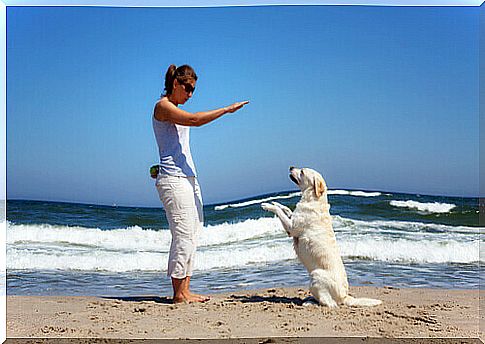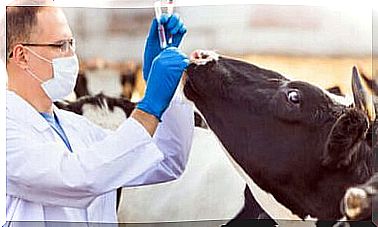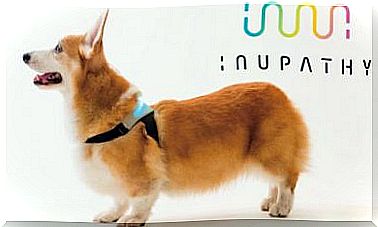Dog Education: Obedience

A dog’s behavior depends on several factors: its genetic heritage, training, and what it was taught, especially as a puppy. The basic rules of obedience – what you should get from your dog – follow, at least in principle, some everyday situations: answer when called, obey when you say he’s not supposed to do something, or when you ask him to do it , behave well under different circumstances and walk correctly when you take him for a walk.
To achieve these goals, you should start training as soon as possible. After four months the puppies can already be trained to start taking orders.
In case you adopt an adult dog and not completely “educated”, don’t despair. It’s never too late to learn. Not for you, not for him.
Some Aspects to Consider When It Comes to Raising a Pet

– Be sure that you will have to overcome impatience. You can’t pretend your dog learns right away.
Practice with him daily until he can incorporate what you are asking him to do.
– You must maintain consistency. All family members must always use the same words and gestures to give orders.
The rules for your dog must be clear, so don’t be fooled, you can always associate the correct action to the commands.
– It is appropriate for you to be energetic and determined when asking for something, but avoid being aggressive and overbearing. Never hit him.
– Keep in mind that he will learn more easily if education comes through games and rewards for every action he performs correctly. Just pet him and praise him sincerely, although sometimes you can give him some treats he likes, it helps a lot in your friend’s education.
Basic Tips for Having an Obedient Dog

– You must accompany each order with a gesture that reinforces it. For example, if you say “quiet” show your palm outstretched and high, as a signal to slow down.
If you order him to “pick up”, you can point your finger at the place you want him to move to.
– It is very important that your dog comes when called. If you can’t do this, you run the risk of him escaping or running away. He could get lost or even get run over.
Don’t just call him by his name. Remember to use a loving word and gesture.
– After finishing the training, or the education of your pet, you should continue to play a little more with it before returning to your home. In this way he will associate training with leisure.
– It is essential that your dog learns to stop in front of an open exit door, until you give him permission to continue.
The same rule should apply to crossing a street. It should never do this until you authorize it.
– The “sit” command can be useful when your pet is out of control in some situations, such as when it encounters another dog, or in the presence and home of people outside the family group.
– For your dog to walk with the collar without problems, you need to get him used to using it, if possible from a puppy, until he can go out on the street wearing the collar.
– Keep in mind that your puppy is likely not to accept wearing the collar easily. But that doesn’t mean you can pull the leash and drag it wherever you want.
You could hurt his neck and create stressful and angry situations for you and him. One option is to say “no” or “quiet” and resume walking when he obeys.
– Don’t scold your dog if he breaks something or takes care of himself in the middle of the room. It’s useless because he doesn’t have the ability to relate an action from the past to what you say. Reprimand him only if you catch him in the act .
Like wolves, dogs are pack animals that carry their social behavior to the home that adopts them. For this reason, it is important that you know how to read your pet’s body language.
This way you will be able to communicate with him correctly and he will be able to understand that you are the leader of his new pack.








